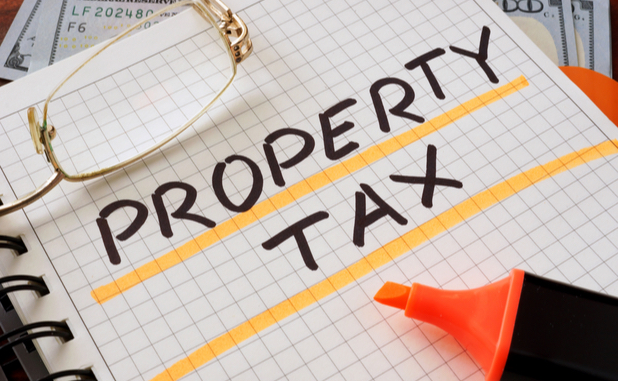School taxes cut in half for one-quarter of all residential properties
It’s that time of year for one of life’s certainties — the taxes part. Fayette County property tax bills by the thousands have shown up in residents’ mailboxes in the past several days.
Property owners across Fayette County saw significant increases in this year’s tax bill due to increasing real estate sale prices. Those increases, and perhaps other factors, led to a number of residential property owners appealing their bills, according to the Fayette County Tax Commissioner’s office.
As of Sept. 22, there were 1,614 active residential appeals, 194 commercial appeals and 35 personal property appeals.
Tax Commissioner Kristie King’s office said there are 43,067 parcels of property in Fayette County. Of those, 37,186 are residential parcels.
Local governments, including the county, the municipalities and the school system fund significant percentages of their budgets with property tax revenues.
And with the school system, there is another revenue variable that comes into play for those over age 65. Seniors can claim an exemption for 50 percent of school taxes by signing up for the exemption at the tax commissioner’s office.
And that is where the rub comes in for the school system, given that the a significant majority of every property tax payment goes to the school system.
By way of example on how school system revenues can be impacted, a total of 9,436 residential parcels, or approximately 25 percent of all residential parcels in the county, have signed up to benefit from the 50 percent exemption this year, according to the tax commissioner’s office.
Chief Appraiser Joel Benton earlier in the year said that during the recent years following the the Great Recession, property values, and accompanying property taxes, were falling and the fair market value reflected that reality.
Today, and for the past few years, property values in Fayette and metro Atlanta are rising.
Benton said the most significant increase in fair market value is with residential and agricultural property, while commercial and industrial property values are increasing at a slower rate.













Leave a Comment
You must be logged in to post a comment.